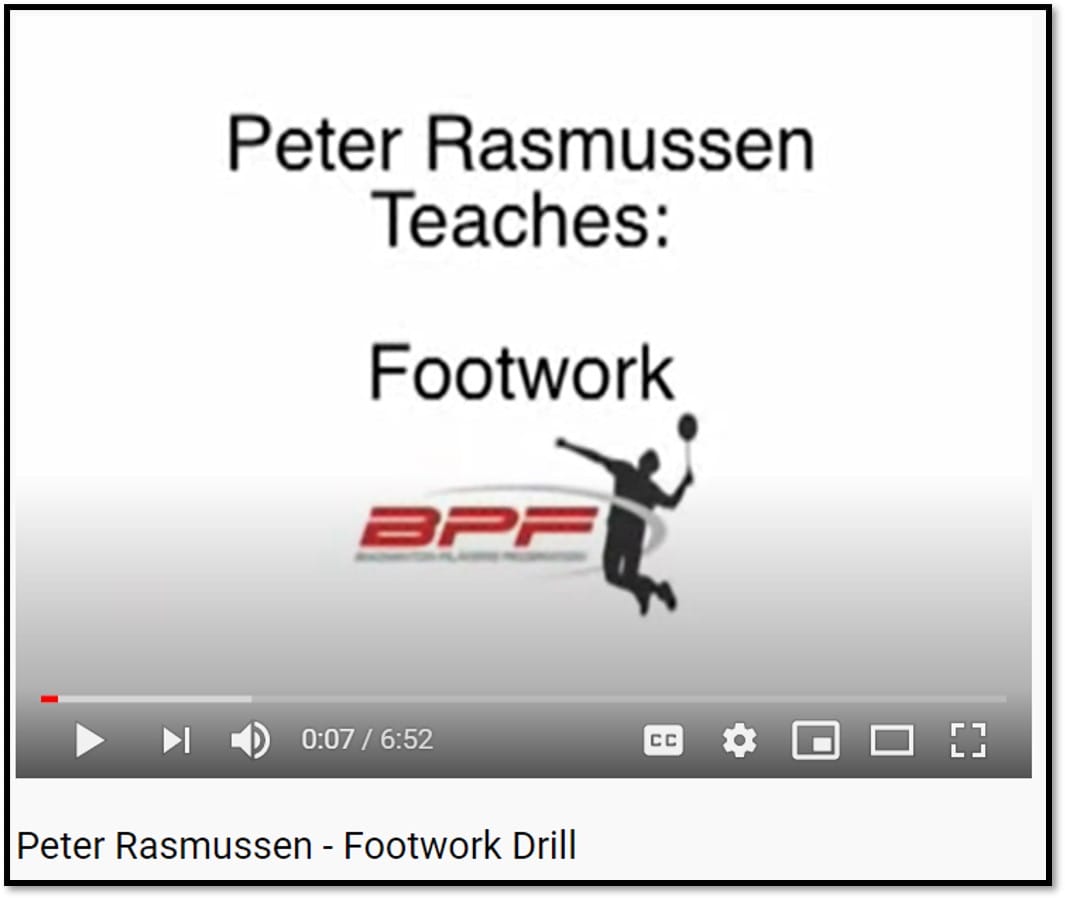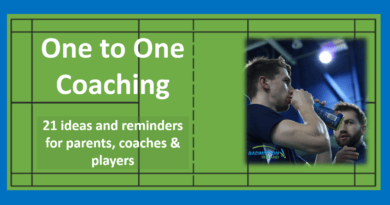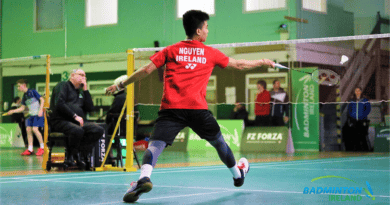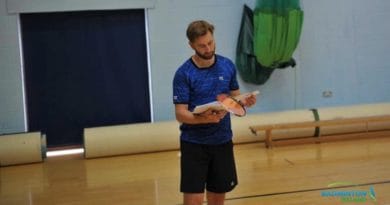6 Ways to improve your shadow badminton
Have you thought about how you can create a great shadow badminton footwork session
What do you need to maximise the advantages & avoid the pitfalls?
At the end of this post, I’ll link to a longer post that explains the positives and negatives of shadow practice
A great footwork (shadow badminton) session is far more than just moving quickly
– – – – – – – – – – – – – – – – – –
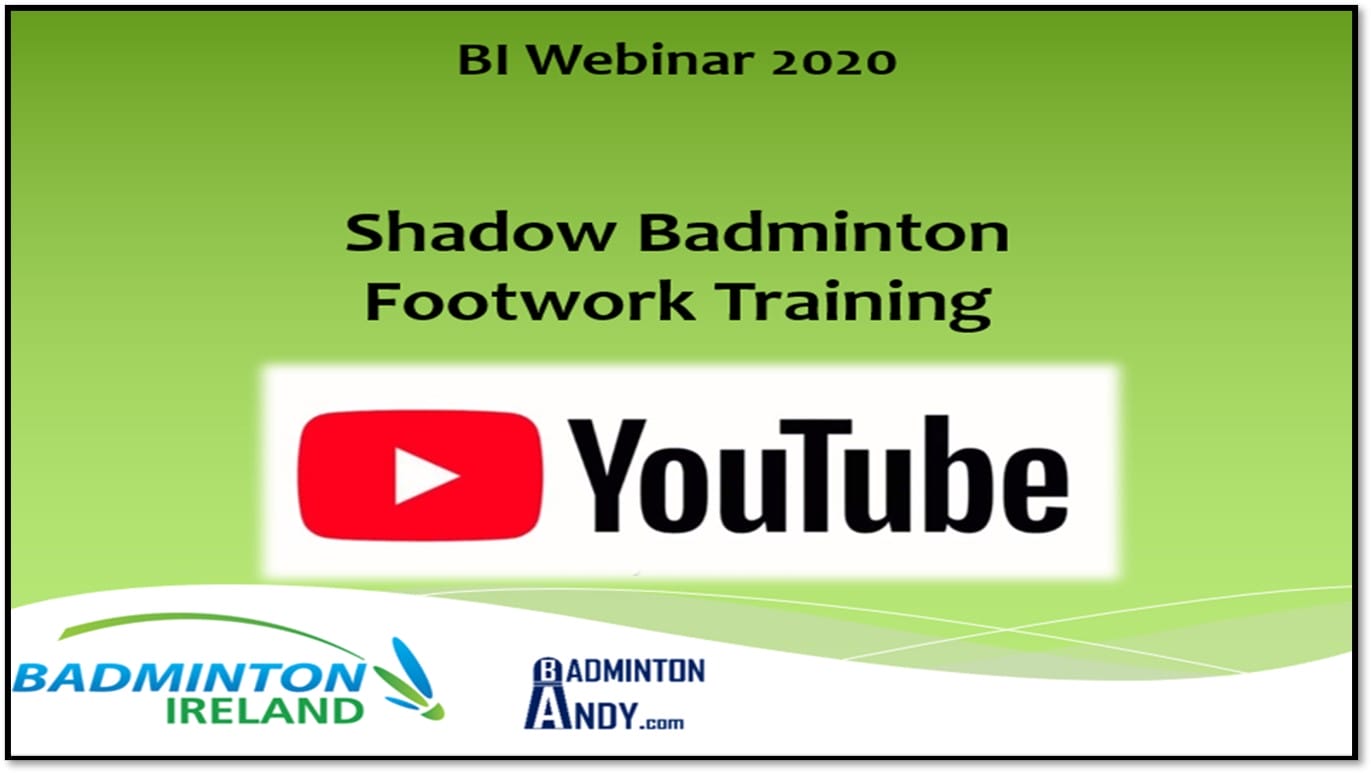
1 What is Shadow badminton & how many variations are there
2 Use your imagination
3 E.P
4 Progressions
5. What others think
6. Top Tips for practice
– – – – – – – – – – – – – – – –
1 What is Shadow badminton
It’s a practice that requires you to move in a game-like way without striking a shuttle
It’s not complex, you just move around the court (or an imaginary court) as you would in a game. Or, is it really that simple?
Have you considered all the different types, the directions you move, the patterns you make, how you are directed, the intensity, the speed, the duration and finally, what you should be thinking!
The 5 different types
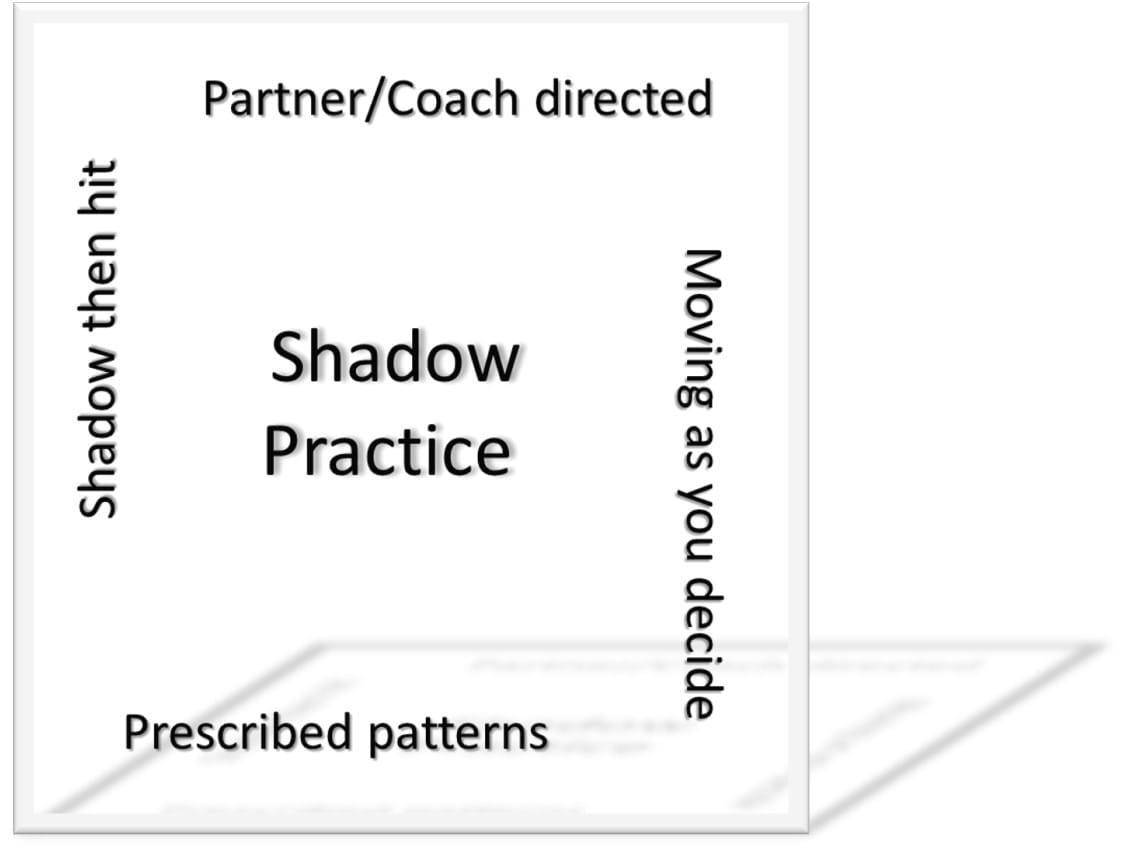 Prescribed patterns: you know exactly where you are moving to and from and repeat these patterns. These sequences can involve any number of points on the court. Often it varies from 2 points to upwards of 6. Any more than 6 makes it difficult for you to remember.
Prescribed patterns: you know exactly where you are moving to and from and repeat these patterns. These sequences can involve any number of points on the court. Often it varies from 2 points to upwards of 6. Any more than 6 makes it difficult for you to remember.
Partner/Coach directed: someone points or calls out where you are to move next and the speed you should move. Often these are longer sequences than the prescribed patterns.
Moving as you decide: it’s exactly that, you decide where to go on court. I recommend that you developed a great ‘game-like’ imagination 🙂
Shadow then hit: you perform a shadow stroke/movement then strike a shuttle delivered by a feeder or is positioned on the court prior to starting. Be careful of picking shuttles up and moving them around the court, the stress on hamstrings, glutes and lower back may surprise you, it’s not a ‘badge of honour’ to be unable to walk the next day!
Shadow Speed Tests: equipment/targets are positioned within the court, you move to each ‘target; hit it and then move to the next. The time taken is measured and the patterns can be varied, directed by sound or visually on a screen in front of you.
Have you tried these 5 different types, which do you prefer? Do you know of others?
– – – – – – – – – – – – – – – –
2 Use your imagination
Maybe the most important factor!
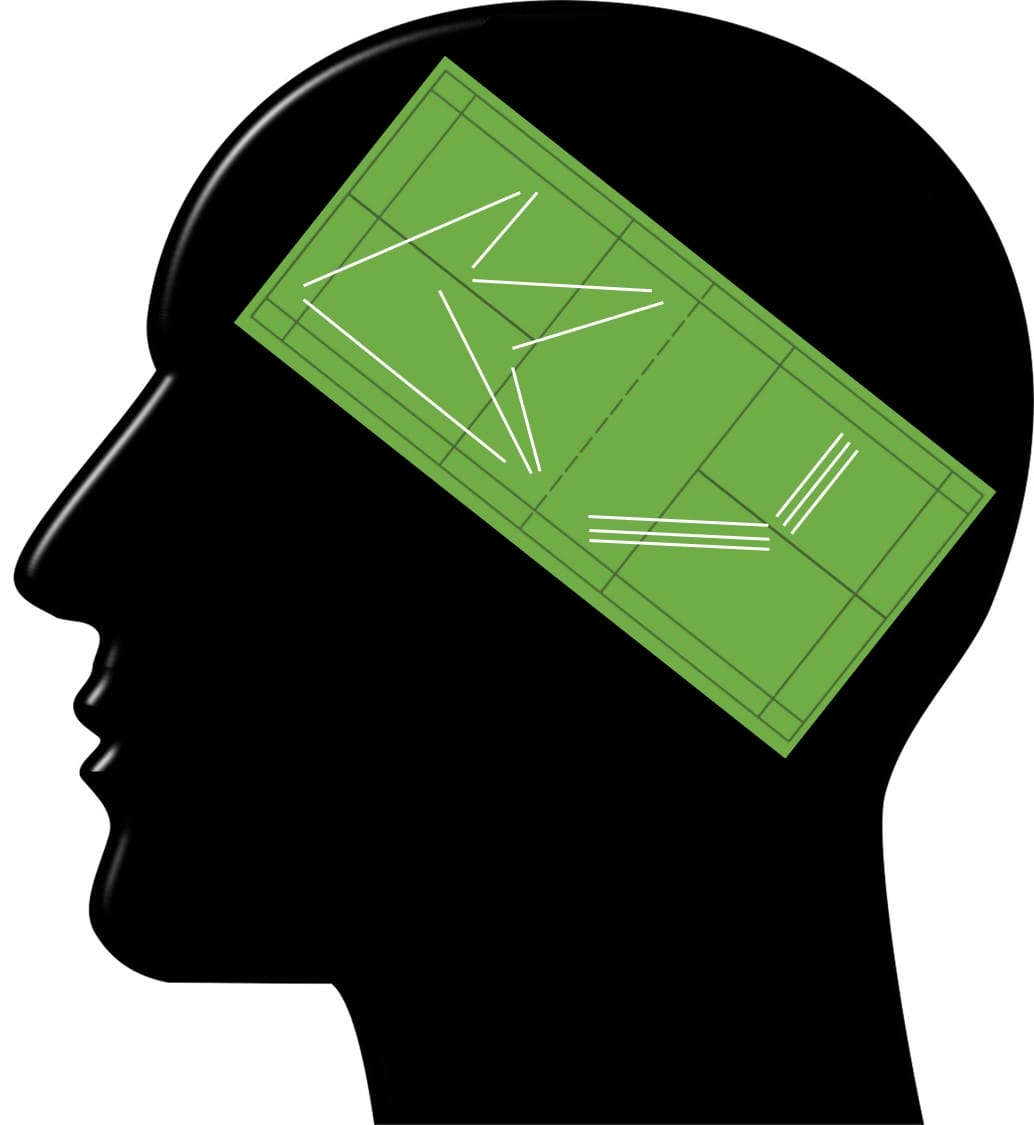 When you are in the middle of your shadow practice what are you thinking about?
When you are in the middle of your shadow practice what are you thinking about?
To make the session really effective you need to be able to create a rally situation in your mind. This applies for players, coaches and feeders. Creating pictures and situations in your mind, movements that would happen in a real game.
It’s not just remembering where to go next or what footwork pattern to use (be careful of limiting how you move). You can gain far more if you visualise the rally, the situations, the emotions, your reactions, the successes, the failures.
Work to create thoughts, patterns, situations in your mind. Check that the movements you do could actually happen in a real match. Do they flow from one situation to another? I’ve seen plenty of shadow work that doesn’t look at all like a game rally.
How often do you play a fh block then immediately play a BH block, then followed by a net kill…. does that really happen. Close your eyes and try imagining that 🙂
Are you able to imagine the rally, live the rally, or do you just move until someone says stop?
– – – – – – – – – – – – – – – –
3 EP …
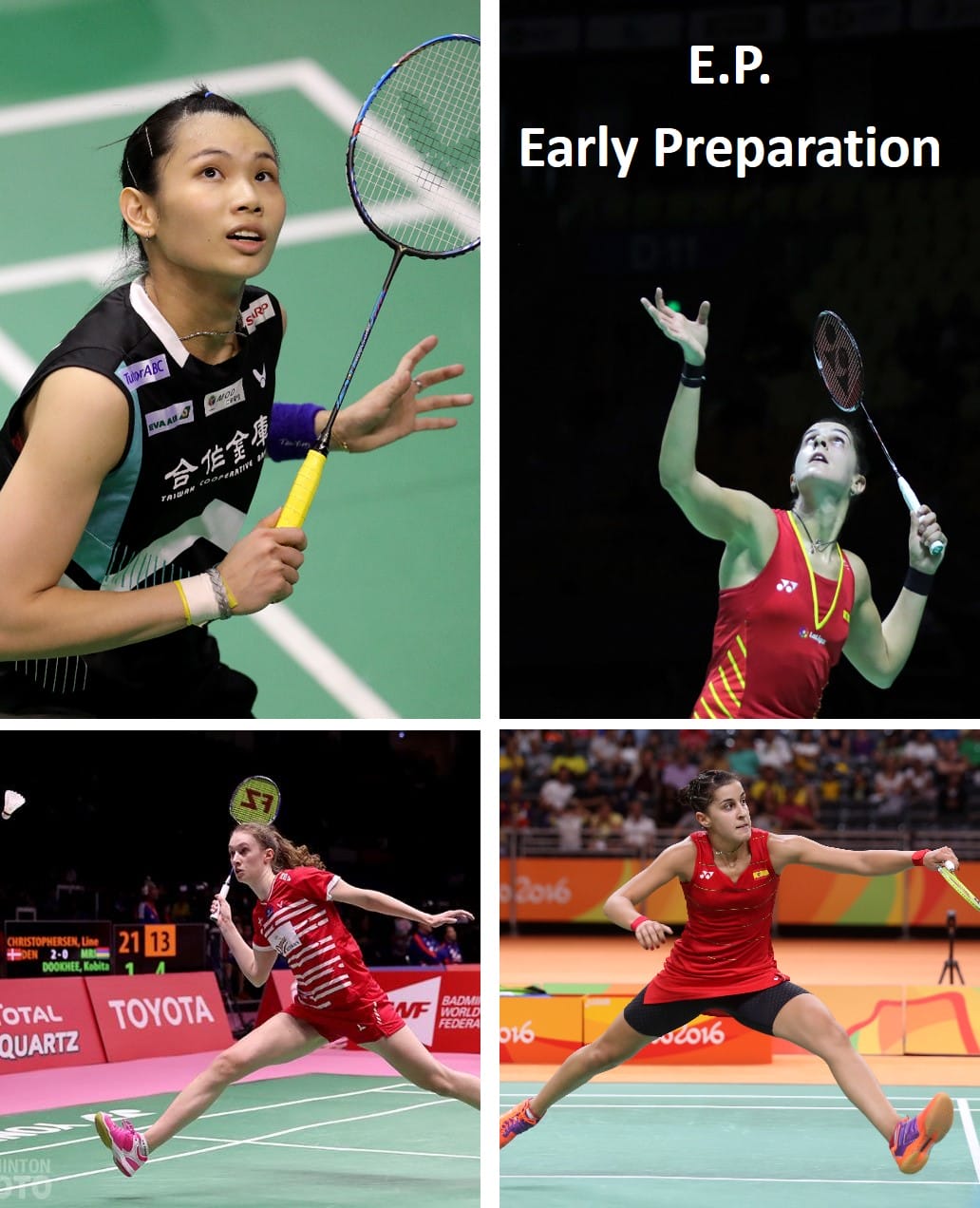 Early Preparation of your racket, it’s almost as important as having a great imagination
Early Preparation of your racket, it’s almost as important as having a great imagination
Ensure that your racket is moving as it would in a game, Why would you not do this … but have you checked?
This means when playing nets shots have it prepared early, slightly outstretched ‘as if to play a net’. For overheads, imagine being ready for your opponent’s quick flick, or being able to hold the preparation whilst the opponent looks at it but can’t see what is about to happen.
I’m worried that is the least emphasised part of most players shadow practice. Or, they use the same preparation in all situations, often as if they are in control of every rally.
Be aware of these points
- Prepare for the situation on the court: defensive, attacking, waiting, exploiting, etc. where would your racket be and how early would it be there?
- Be careful not to overlook EP – Early Preparation in favour of speed
- Often when your mind wanders it’s EP that suffers first. Your racket is the last thing to move rather than one of the first!
- You must sync your with your imagination, therefore it will be prepared early but not always in the same position
Without Early Preparation, you could be changing your technique for the worse!
– – – – – – – – – – – – – – – –
4 Your Choices and Questions
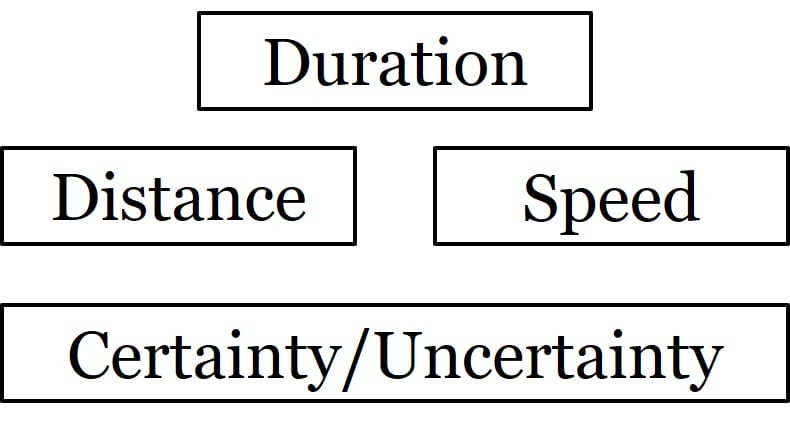
When designing your shadow badminton training I recommend that you consider these headings
Duration: Consider the duration of each individual rally and the total time of each set. Then consider the total time of the session duration.
The individual rally/elements could last from 10 secs to upwards of 30 seconds for one rally. I’ve also heard of a single session lasting over 20 mins without stopping (watch the video at the end of the post).
- What do you think is an acceptable range of reps and sets, how long before you get tired and lose focus?
The speed of movement: I’ve seen movements done at game speed, much slower than game speed and also players moving as fast as possible from shot (without a shuttle) to shot.
It can be difficult to maintain good form when speeds are increased. Partner directed movements can also complicate the speed element as it relies on the pointing/directing to be as game speed.
- What speed do you move at… be careful that you don’t just’ move’, pick a speed
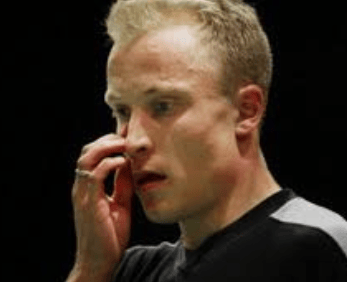 The distance to be covered: This isn’t the total distance covered in a session, it’s the distance for each element of the movement.
The distance to be covered: This isn’t the total distance covered in a session, it’s the distance for each element of the movement.
A commonly used practice is to reduce the court distance to a 1 step shadow practice. Watch the video at the bottom by Peter Rasmussen
- What benefits do you see in 1 step shadow practice? Have you tried it?
Certainty/Uncertainty: are movements known or unknown.
Of course, if it’s a player self-directed shadow then all the movements are known. However, the player could imagine moving in a controlled way and then suddenly (as in a game) have to move quickly and in a different direction than that initially thought of.
Partner directed movements are almost unknown unless prescribed drills/routines are used. Do you have good and bad partners who direct you around the court, are they as motivated as you?
- Are you sure that the uncertainty element is as in a game and that the partner directed movement make sense?
– – – – – – – – – – – – – – – –
5. What others think
What do you think of these statements?
I’ve asked players why they think shadow training should be included in a training plan. Here are their replies, they make interesting reading.
If you were this person’s coach would you be happy or worried at their replies?
How many do you agree with?
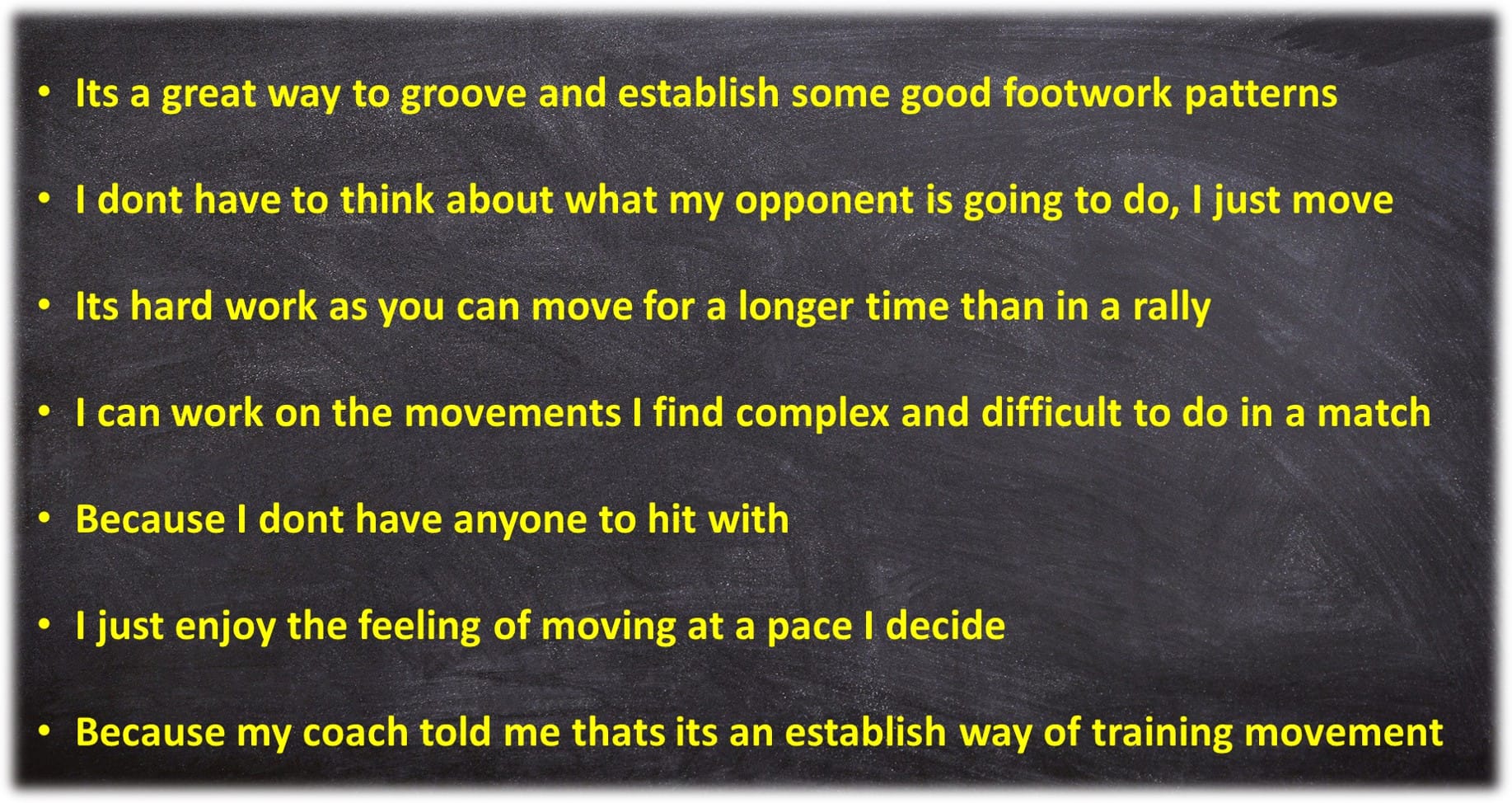
– – – – – – – – – – – – – – – –
6. Top Tip for practice
Use your imagination : To just move around the court without thinking or imagining something is a waste of your time
Without a motivated and enthusiastic mind, the practice will be far from effective, possibly not even worthwhile
Questions to consider if you want more
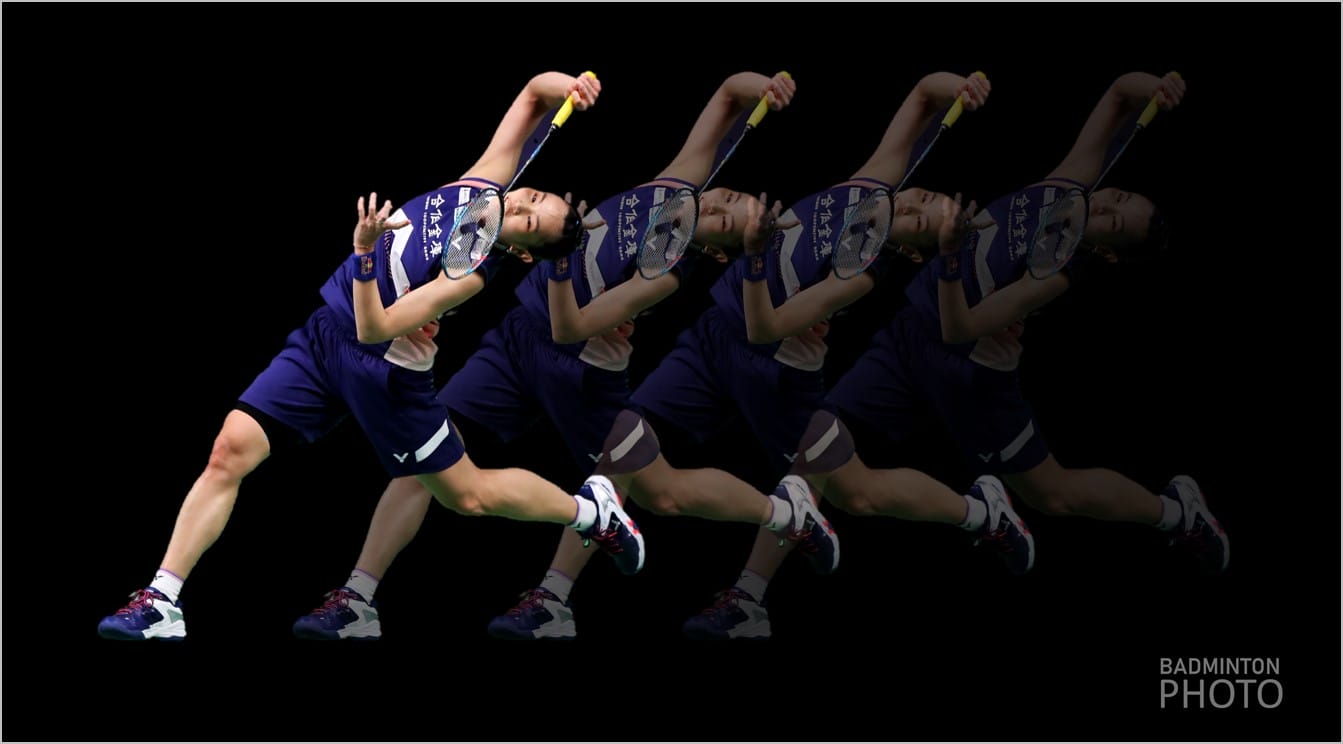
If you are interested in my thoughts concerning these questions then click on the image and see if you agree with me
- Is it a practice to be used?
- How effective is it for technical improvements?
- What durations should be used?
- Do longer shadow badminton sessions produce better movement skills?
- Are there any hidden dangers?

Comment
I think an important point to add is the intention of movement
The goal of the movement is not to be ‘competent’ in itself, rather than to be able to achieve the technical outcomes for different strokes in order to gain tactical advantages over the opponent.
So what does this mean in a shadow badminton practice – most important, we should be not be teaching the way to move eg the exact footwork patterns, instead, a focus should be on the start of the movement and hitting of strokes whilst allowing players to self-organise in between the start and the hit eg chasse, run, cross behind.
How a player moves in between the start of the movement and the hitting of the stroke is completely individual.
I recommend that you watch these videos and decide what you would take from each
Is there anything that you’ve read that has helped or you disagree with then please send me an email.
I’d love to hear your views contact@badmintonandy.com


